Abstract
Six commercially available devices were tested to determine the alveolar oxygen concentration that is achieved and the volume of rebreathing that can occur in conditions simulating clinical use. All were tested at zero oxygen flow, since failure and interruption of the oxygen supply to such devices can occur in clinical use. In patients whose cardiorespiratory reserve is exhausted, any increase in dead space will be detrimental; for such patients devices should be selected which cannot cause rebreathing under any circumstances. Three of the devices tested could cause appreciable rebreathing, i.e., Oxyaire (B.L.B. pattern), Pneumask, and the M.C. mask. Claims made for the Pneumask and the M.C. mask were not substantiated in this study. With administration by nasal catheter changes in alveolar oxygen concentrations were found to be dependent on the percentage of mouth breathing by the subject. The Ventimask produced a consistent elevation of the alveolar oxygen percentage and did not cause any increase in the dead space.
Full text
PDF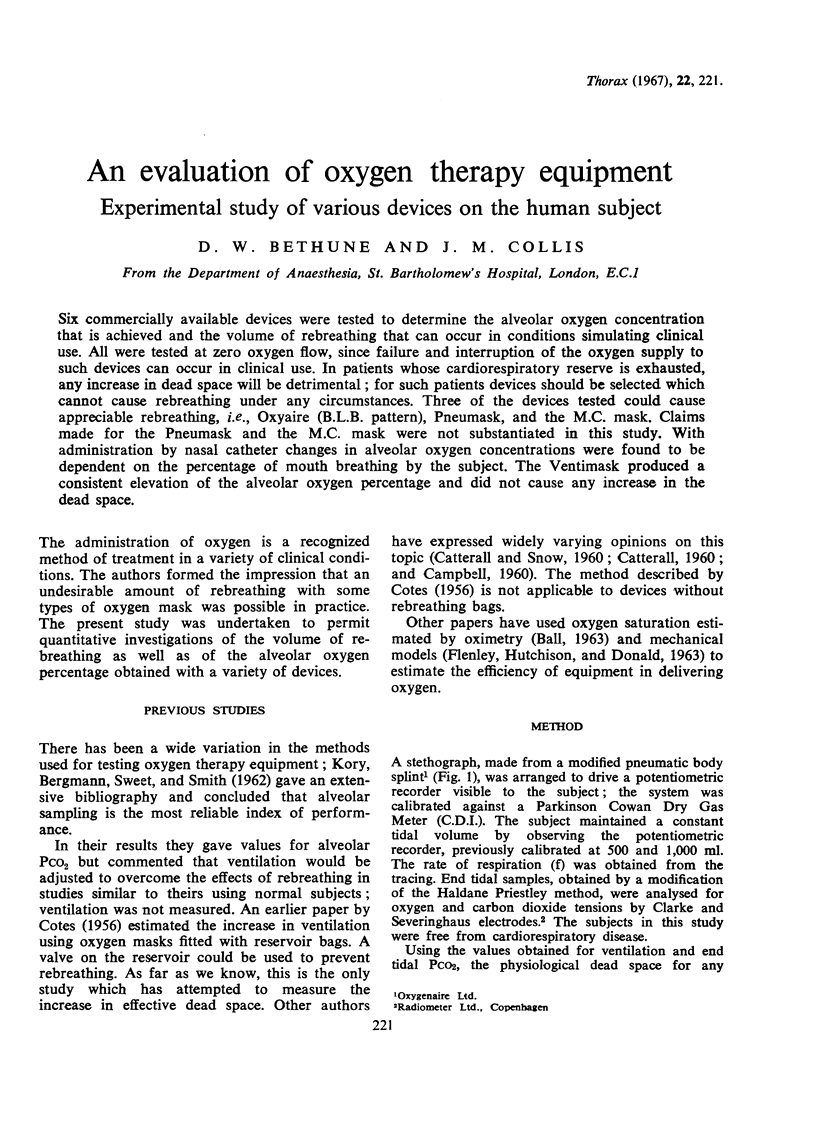
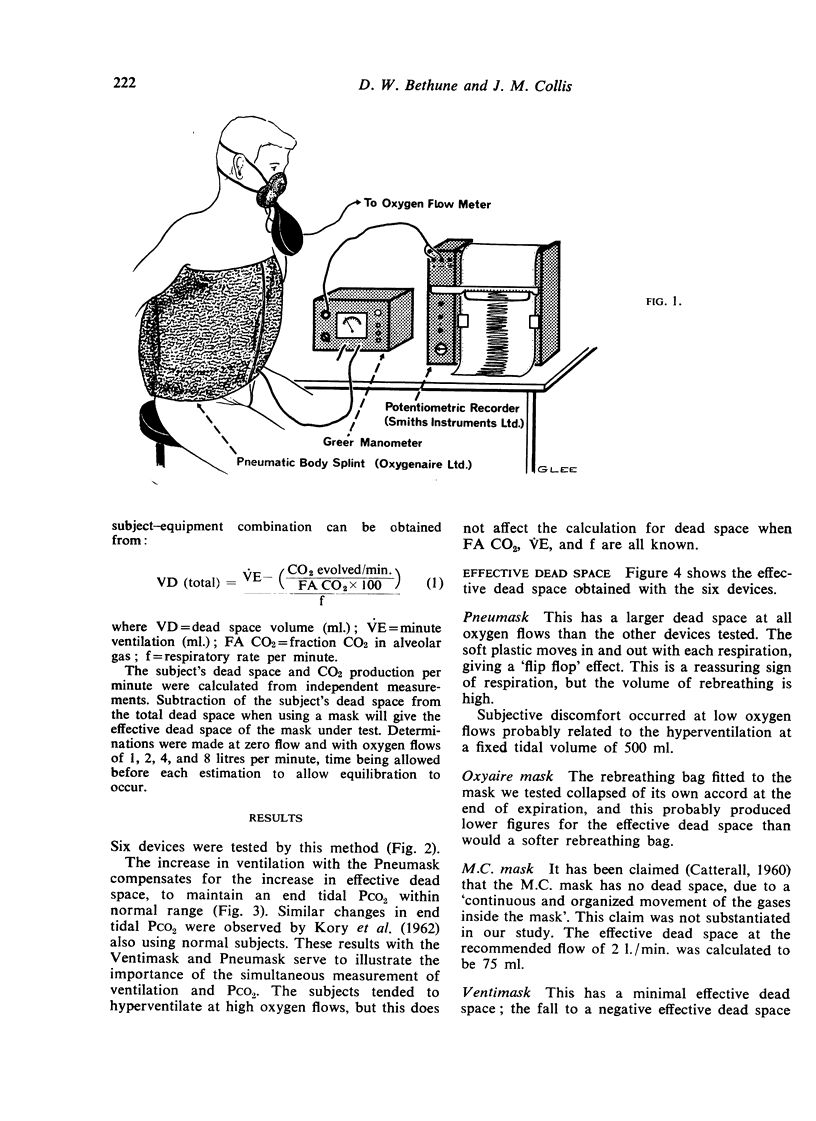
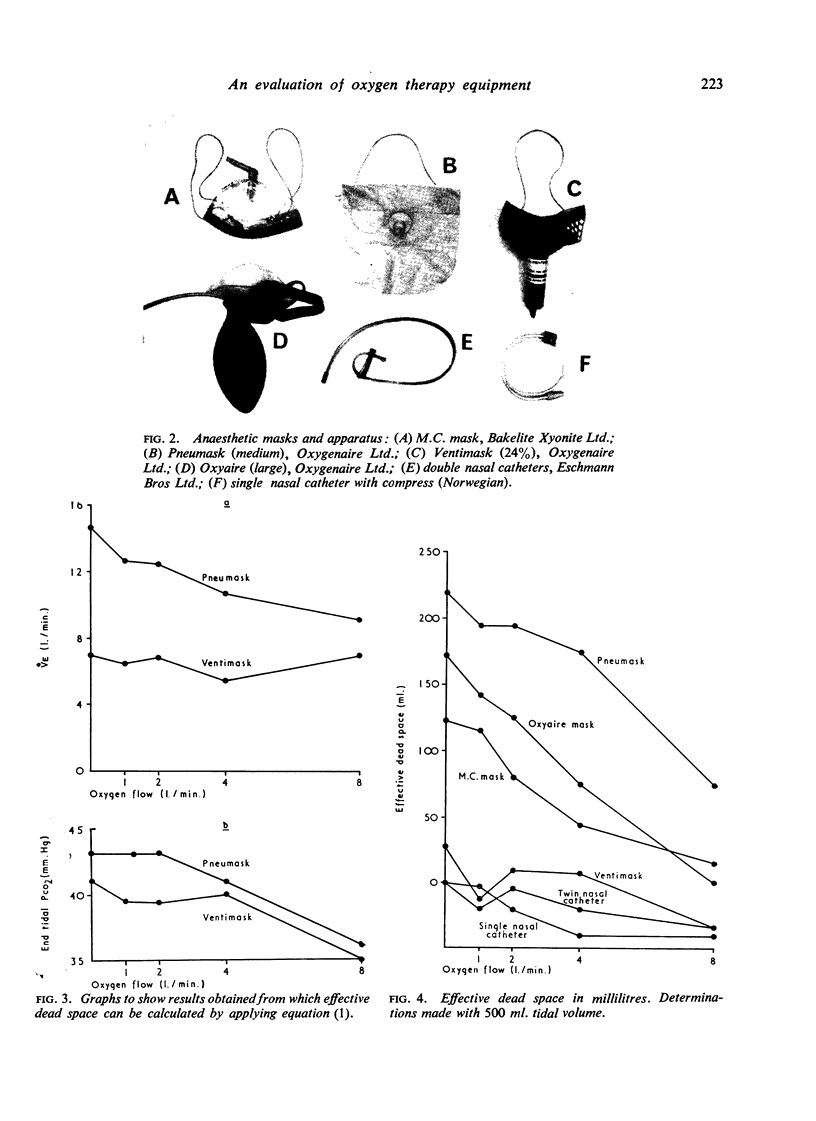
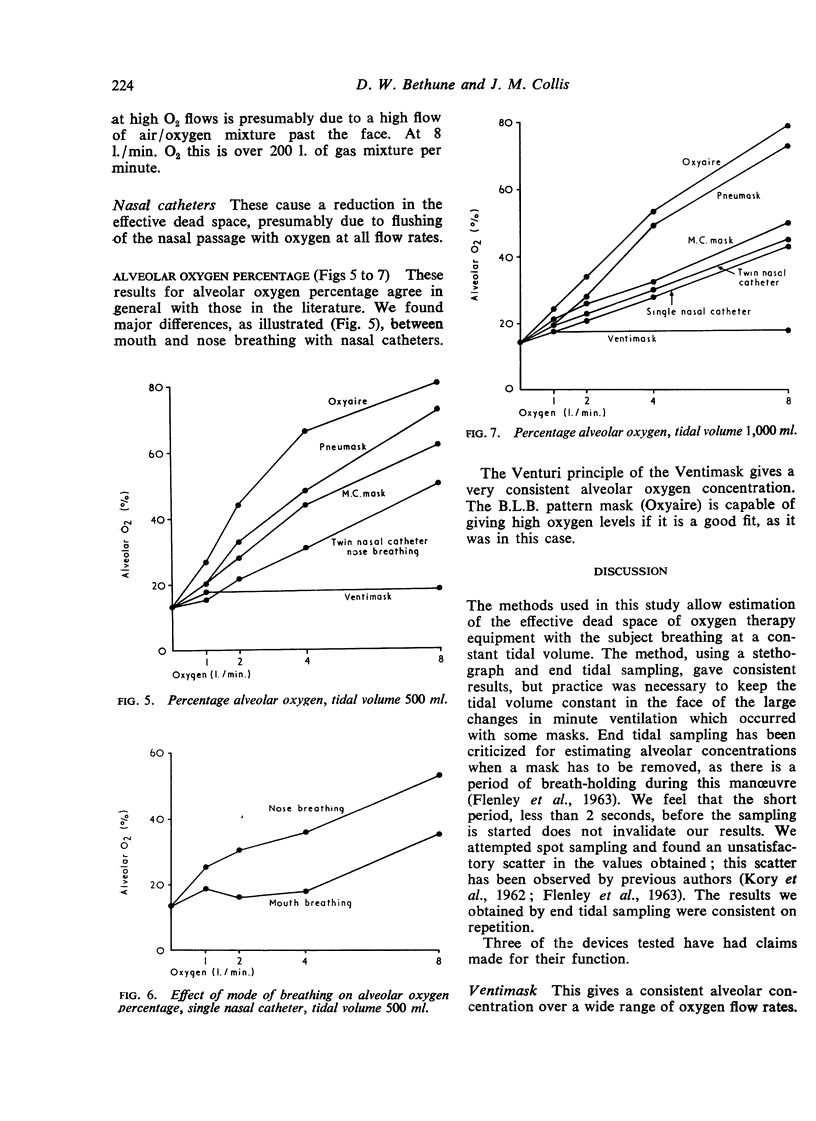
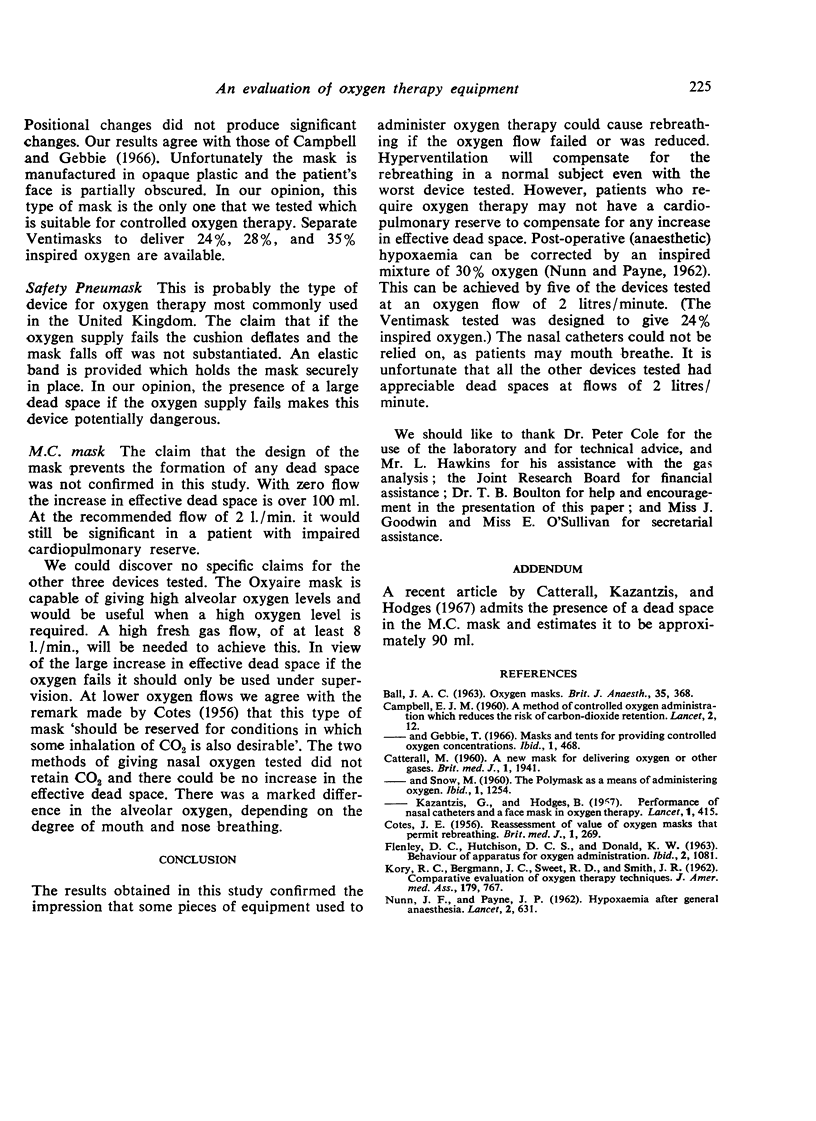
Images in this article
Selected References
These references are in PubMed. This may not be the complete list of references from this article.
- BALL J. A. Oxygen masks. Br J Anaesth. 1963 Jun;35:368–370. doi: 10.1093/bja/35.6.368. [DOI] [PubMed] [Google Scholar]
- CAMPBELL E. J. A method of controlled oxygen administration which reduces the risk of carbon-dioxide retention. Lancet. 1960 Jul 2;2(7140):12–14. doi: 10.1016/s0140-6736(60)92660-x. [DOI] [PubMed] [Google Scholar]
- CATTERALL M. A new mask for delivering oxygen or other gases. Br Med J. 1960 Jun 25;1(5190):1941–1942. doi: 10.1136/bmj.1.5190.1941. [DOI] [PMC free article] [PubMed] [Google Scholar]
- CATTERALL M., SNOW M. The polymask as a means of administering oxygen. Br Med J. 1960 Apr 23;1(5181):1254–1256. doi: 10.1136/bmj.1.5181.1254. [DOI] [PMC free article] [PubMed] [Google Scholar]
- COTES J. E. Reassessment of value of oxygen masks that permit rebreathing. Br Med J. 1956 Feb 4;1(4961):269–271. doi: 10.1136/bmj.1.4961.269. [DOI] [PMC free article] [PubMed] [Google Scholar]
- Campbell E. J., Gebbie T. Masks and tent for providing controlled oxygen concentration. Lancet. 1966 Feb 26;1(7435):468–469. doi: 10.1016/s0140-6736(66)91464-4. [DOI] [PubMed] [Google Scholar]
- Catterall M., Kazantzis G., Hodges M. The performance of nasal catheters and a face mask in oxygen therapy. Lancet. 1967 Feb 25;1(7487):415–417. doi: 10.1016/s0140-6736(67)91177-4. [DOI] [PubMed] [Google Scholar]
- FLENLEY D. C., HUTCHISON D. C., DONALD K. W. BEHAVIOUR OF APPARATUS FOR OXYGEN ADMINISTRATION. Br Med J. 1963 Nov 2;2(5365):1081–1088. doi: 10.1136/bmj.2.5365.1081. [DOI] [PMC free article] [PubMed] [Google Scholar]
- KORY R. C., BERGMANN J. C., SWEET R. D., SMITH J. R. Comparative evaluation of oxygen therapy techniques. JAMA. 1962 Mar 10;179:767–772. doi: 10.1001/jama.1962.03050100021005. [DOI] [PubMed] [Google Scholar]
- NUNN J. F., PAYNE J. P. Hypoxaemia after general anaesthesia. Lancet. 1962 Sep 29;2(7257):631–632. doi: 10.1016/s0140-6736(62)92541-2. [DOI] [PubMed] [Google Scholar]



